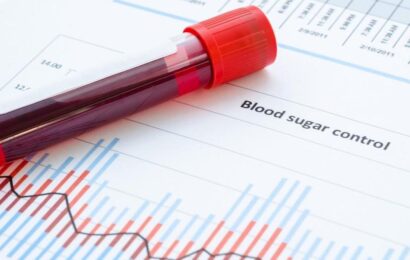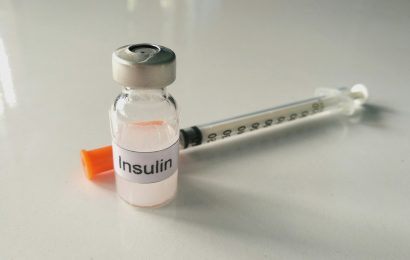We’ve talked about several different minerals in past blog entries. Potassium is the mineral of choice for this week’s post for several reasons, and it’s a mineral that people with kidney problems should be sure to pay close attention to.
What potassium does in the body
First, let’s explore what potassium does in the body. This mineral is often referred to as an “electrolyte.” Electrolytes are electrically charged particles, called ions, which our cells use to maintain voltage across our cell membranes and carry electrical impulses, such as nerve impulses, to other cells. (Bet you didn’t think you had all this electrical activity in your body, did you?) Some of the main electrolytes in our bodies, besides potassium, are sodium, chloride, calcium, and magnesium. Your kidneys help regulate the amount of electrolytes in the body.
Potassium’s job is to help nerve conduction, help regulate your heartbeat, and help your muscles contract. It also works to maintain proper fluid balance between your cells and body fluids. The body is a fine-tuned machine in that, as long as it’s healthy and functioning properly, things will work as they should. This means that, as long as your kidneys are working up to par, they’ll regulate the amount of potassium that your body needs. However, people with diabetes who have kidney disease need to be especially careful of their potassium intake, as levels can get too high in the body when the kidneys don’t work as they should. Too much potassium is just as dangerous as too little.
Your physician can measure the amount of potassium in your blood with a simple blood test. A normal, or “safe” level of potassium is between 3.7 and 5.2 milliequivalents per liter (mEq/L). Levels below or above this range are a cause for concern.
Causes of low potassium levels
Low potassium levels (hypokalemia) may be due to something as relatively simple as dehydration from excessive sweating, vomiting, or diarrhea, or to something more serious such as an adrenal gland problem, cystic fibrosis, or severe burns, for example. Low levels can also result from taking diuretics or from malnutrition.
Causes of high potassium levels
High potassium levels (hyperkalemia) often result from kidney damage. Kidney damage is usually due to poorly controlled diabetes, and is considered a major complication of diabetes (it’s often referred to as diabetic kidney disease, or diabetic nephropathy). High potassium can also occur if someone has had diabetic ketoacidosis (DKA), a serious metabolic condition more commonly seen in people with Type 1 diabetes. Heart attack, injuries, infections, overuse of potassium supplements, and use of ACE inhibitor drugs may also lead to high potassium levels. Too much potassium, by the way, can lead to weakness, paralysis, irregular heartbeat, or even a heart attack.
Strategies for dealing with high potassium levels
If you have diabetic kidney disease and your potassium levels are high (above 5.2), your health-care provider will likely recommend you cut down on how much potassium you get in your diet. Foods high in potassium include bananas, cantaloupe, potatoes, tomatoes, and legumes, for example. It’s not that you can no longer eat these foods, but you’ll need to watch your portions of them and not eat them too often. In addition, you shouldn’t use salt substitutes or take potassium supplements unless otherwise advised by your health-care provider. Meeting with a dietitian is extremely helpful, as he or she can help you develop a low-potassium meal plan and provide you with helpful tips to make things easier. If your potassium level is very high (over 6.0), your physician may recommend a medicine, such as sodium polystyrene sulfonate (brand names Kayexalate and Kionex), which helps remove potassium from the body. Diuretics can also help lower potassium levels.
Talk to your health-care provider if you have any concerns about your blood potassium level or the health of your kidneys in general. Do the best you can to keep your HbA1c level below 7%, and be sure to get your microalbumin level (a test for urine protein that detects kidney damage) checked every year. Diabetic kidney problems can be prevented or slowed if caught early on.
Interested in learning more about diabetes and kidney disease? Read “Ten Things to Know About Kidney Disease” and “Kidney Disease: Your Seven-Step Plan for Prevention,” by certified diabetes educator Amy Campbell.
 Amy Campbell, MS, RD, LDN, CDE
Amy Campbell, MS, RD, LDN, CDE
A Registered Dietitian and Certified Diabetes Educator at Good Measures, LLC, where she is a CDE manager for a virtual diabetes program. Campbell is the author of Staying Healthy with Diabetes: Nutrition & Meal Planning, a co-author of 16 Myths of a Diabetic Diet, and has written for publications including Diabetes Self-Management, Diabetes Spectrum, Clinical Diabetes, the Diabetes Research & Wellness Foundation’s newsletter, DiabeticConnect.com, and CDiabetes.com






